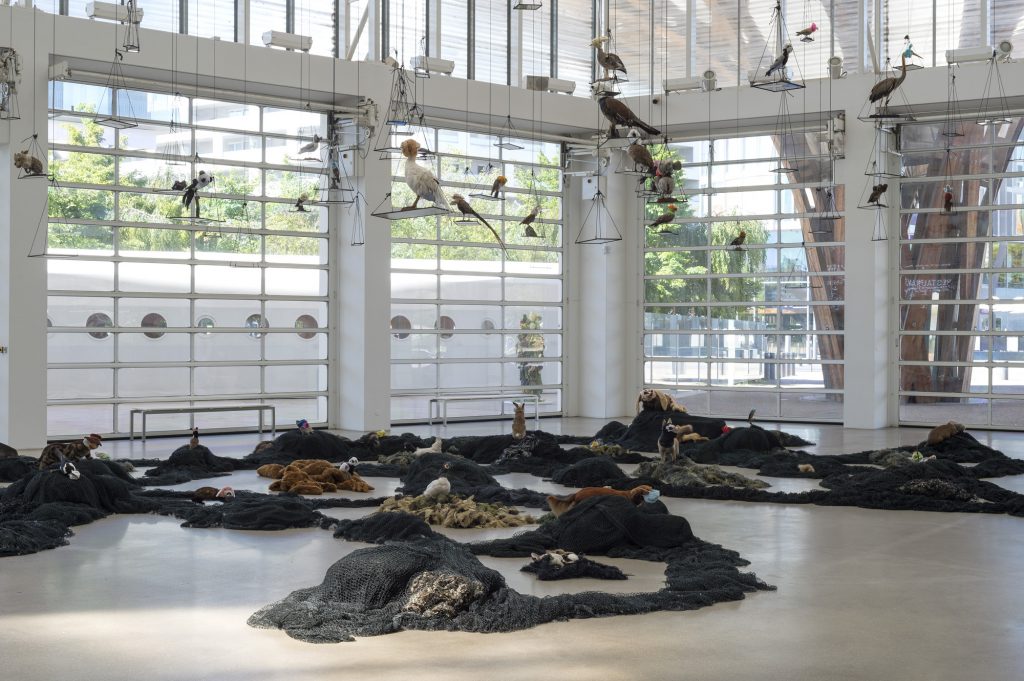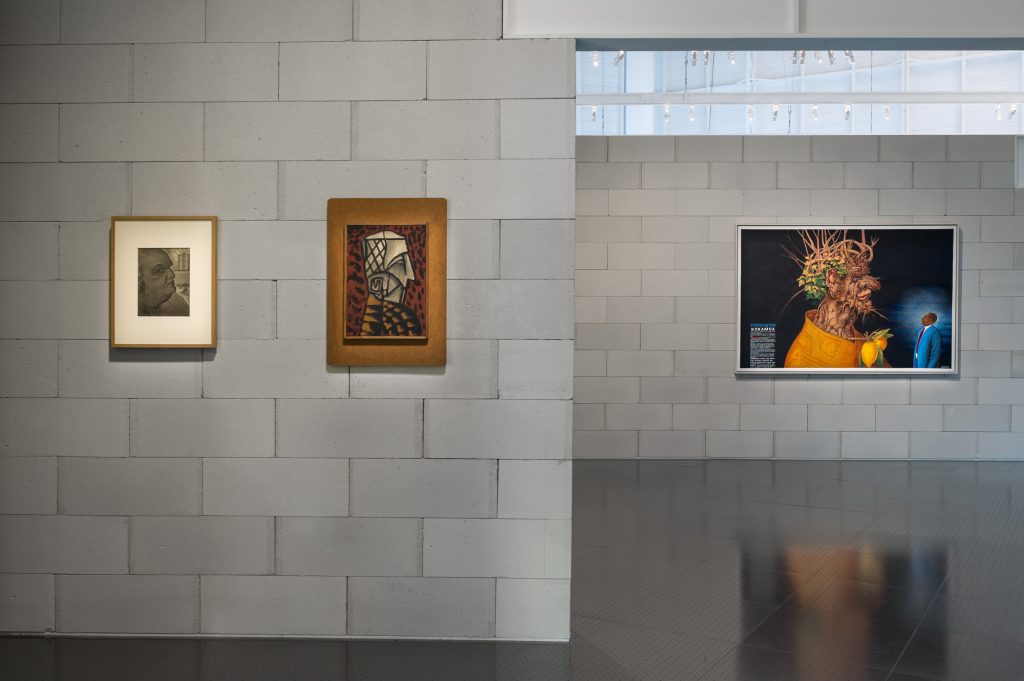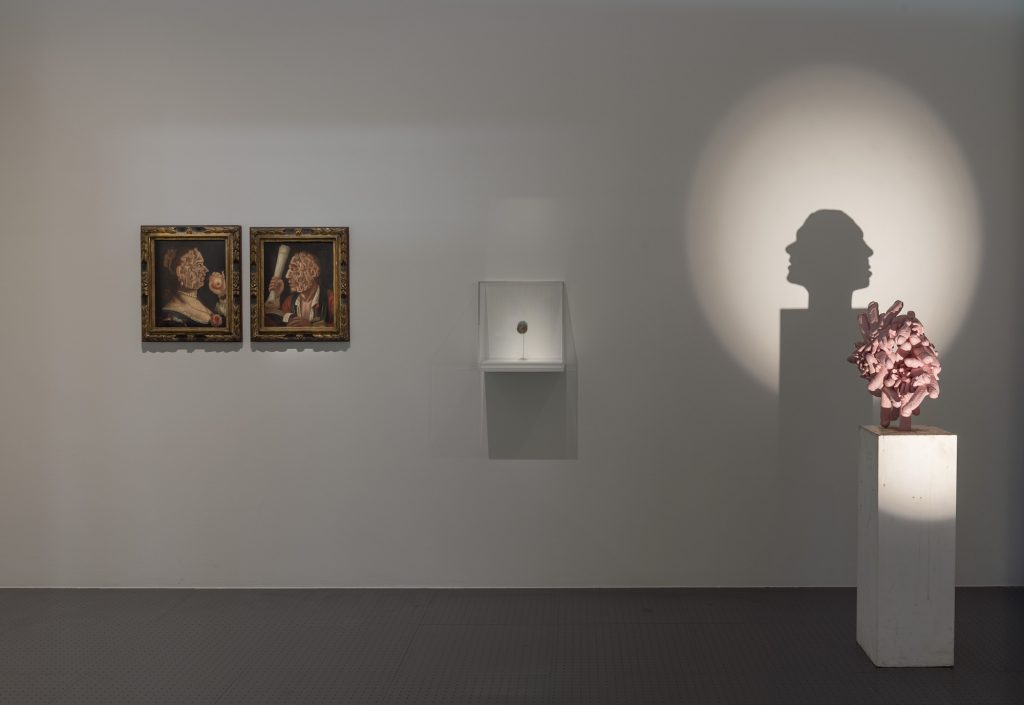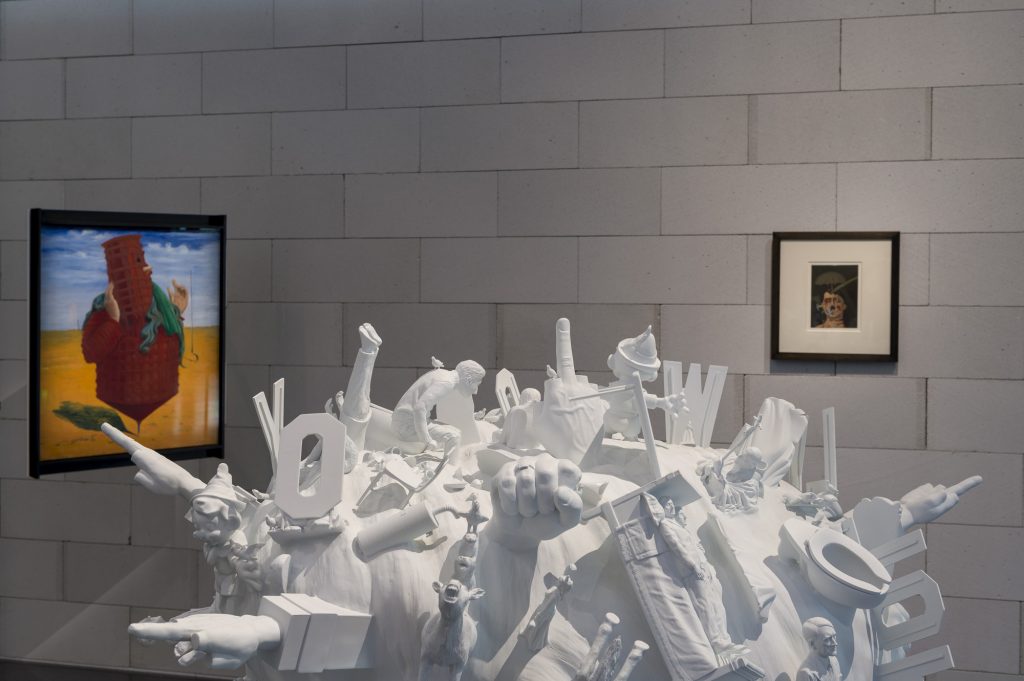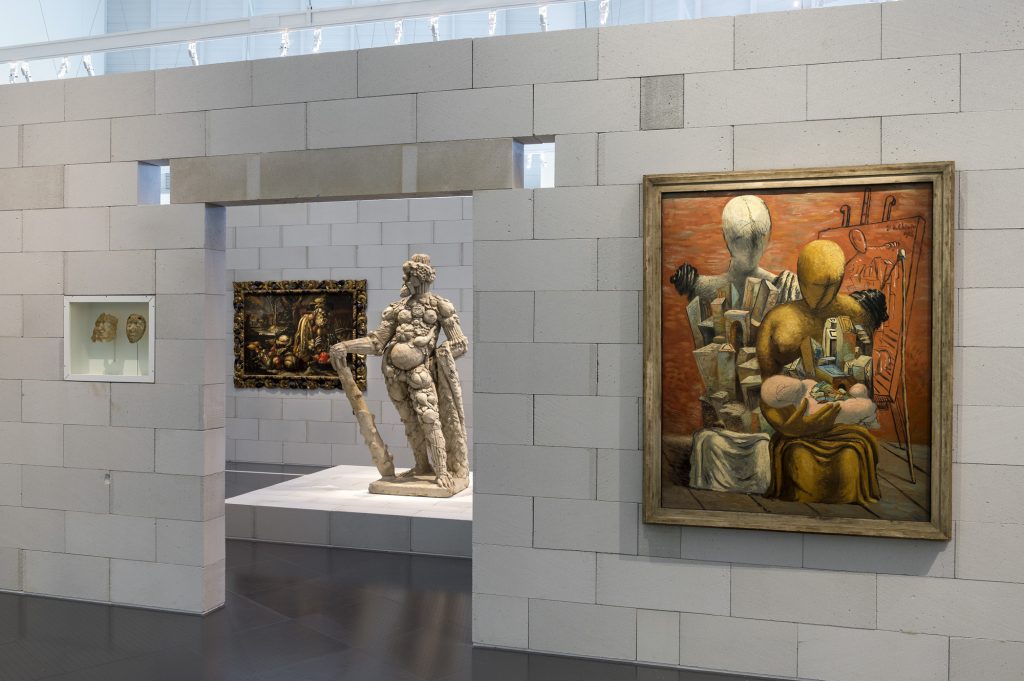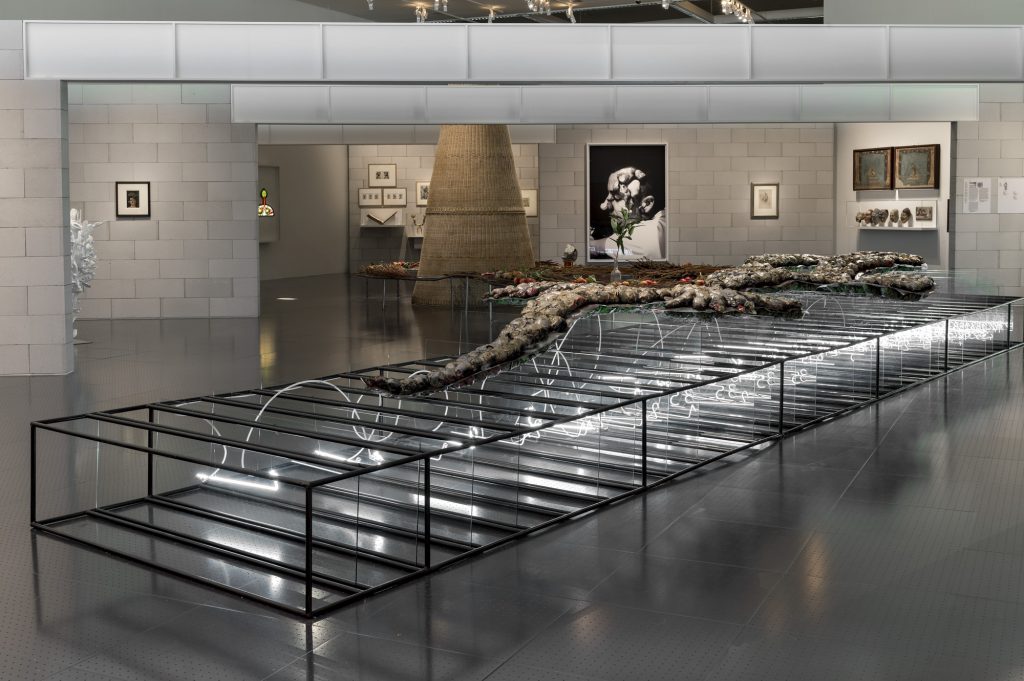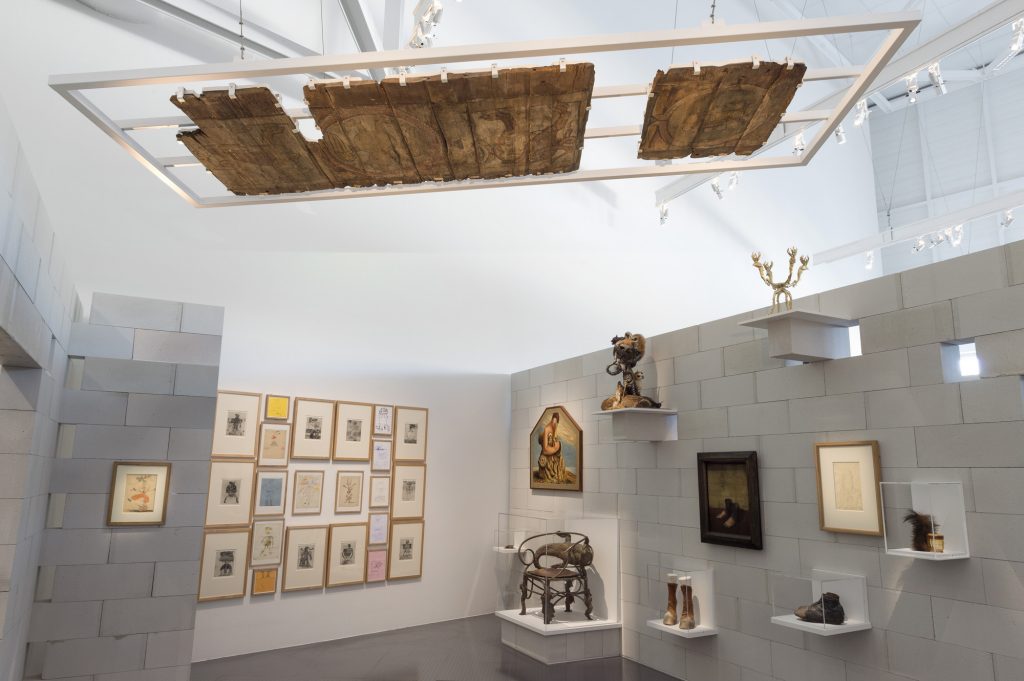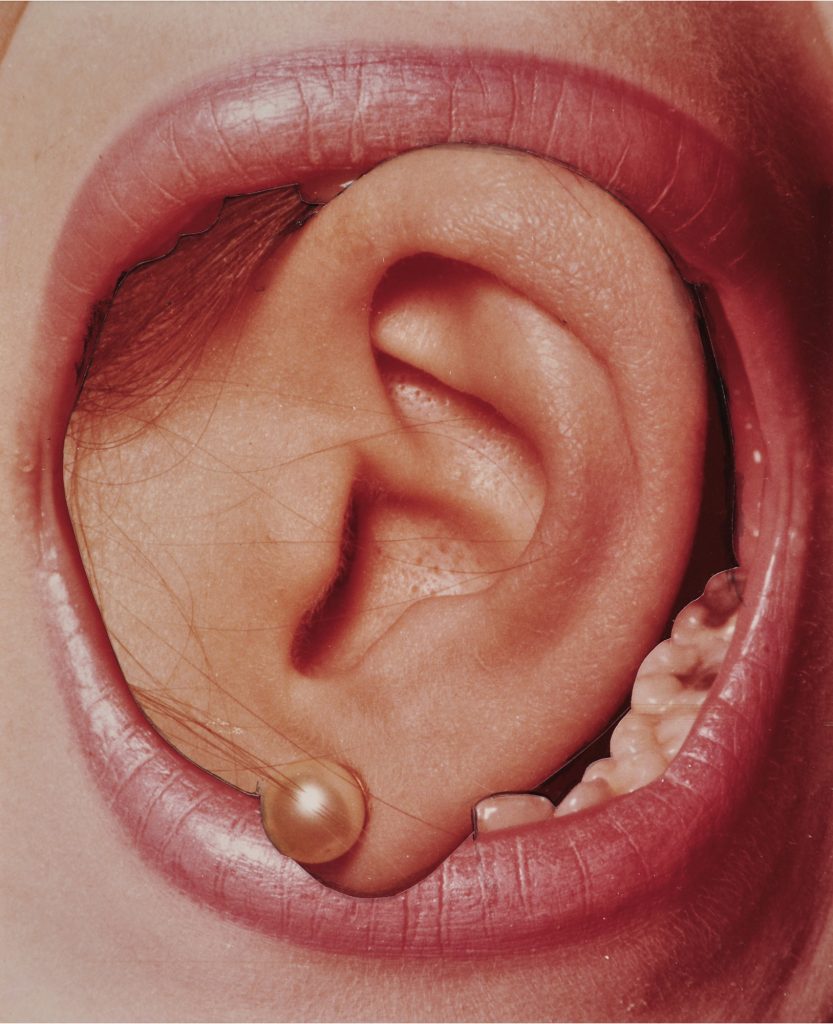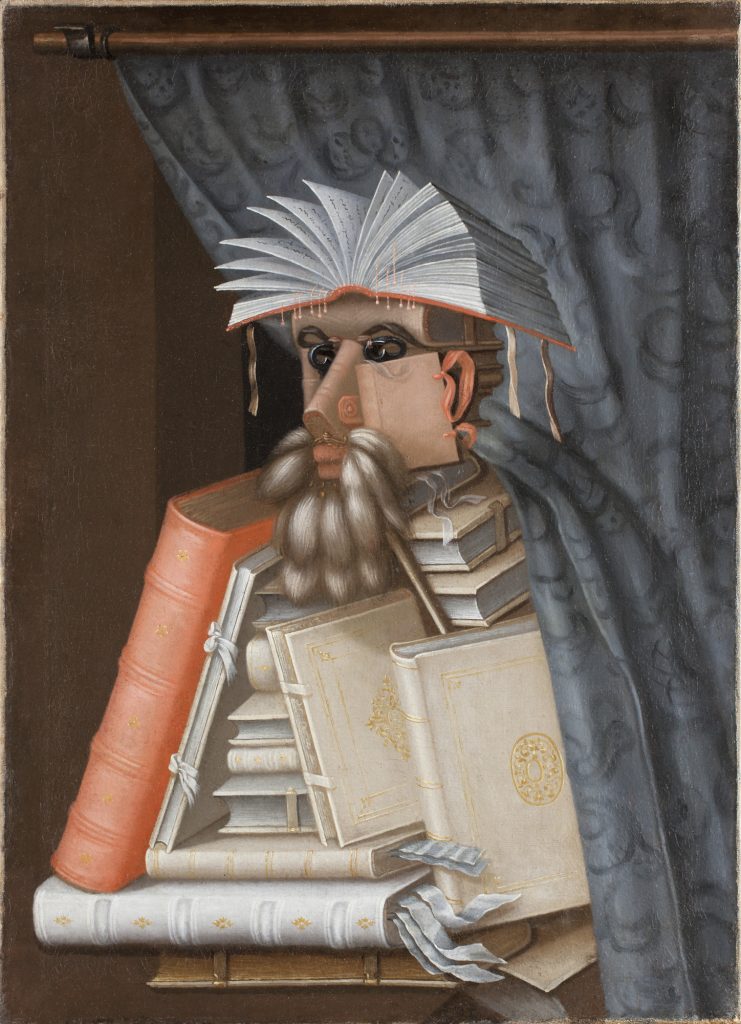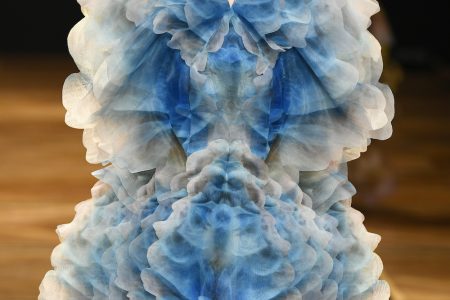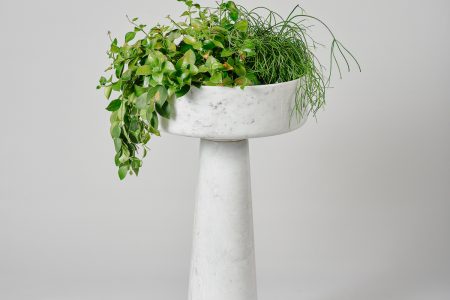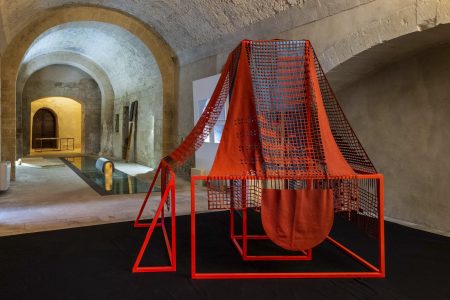
Arcimboldo Face to Face
The Centre Pompidou-Metz presents ‘Arcimboldo Face to Face’, an exhibition exploring the art of the 16th century Milanese painter, his capacity for invention, and his impact on the art of the 20th century up to the present day.
The Centre Pompidou-Metz presents ‘Arcimboldo Face to Face’, an exhibition shaped by the art of the 16th century Milanese painter. Curated by Centre Pompidou-Metz director Chiara Parisi, and Anne Horvath, in dialogue with artist Maurizio Cattelan, art historians Patricia Falguières and Antonio Pinelli, and curator Yasha David, the exhibition draws upon Arcimboldo’s capacity for invention and his impact on the art of the 20th century right up to the present day.
Known best for his composite portraits, which formed only a small part of his oeuvre, Giuseppe Arcimboldo became one of the leading artists at the Habsburg court in Vienna and Prague. The aim of ‘Arcimboldo Face to Face’ is to reveal less well-known aspects of the artist, notably his fondness for the grotesque, the bizarre and the monstrous, as well as illusion and literary rebuses, and his experimentation with anthropomorphism. His innovative methods of injecting still lifes with life, fusing man and animal, resonate with many of the political and ecological issues that preoccupy contemporary societies. By juxtaposing Arcimboldo’s inventions with a selection of works that have marked the history of art since antiquity, the exhibition invites visitors to explore the evolution of an artist who constantly invites the viewer to adopt a different viewpoint in order to understand his works in their entirety and, hopefully, fathom their mysteries.
Freely inspired by the major 1987 exhibition ‘The Arcimboldo Effect’, by Pontus Hultén, ‘Arcimboldo Face to Face’ conjures up an ‘intellectual adventure’. The original exhibition offered an interdisciplinary approach which, as Jean-Hubert Martin recalls, was focused on the representation of the face and ‘recognition of the phenomenon of the “double image”’. It also raised questions about the fragmentation and atomisation of the face in modern and contemporary art, with references to artists such as Warhol, Picasso, Lichtenstein, Duchamp, Magritte, and Man Ray.
‘Arcimboldo Face to Face’ is formulated as an extension of this historic moment, and proposes to start out from the painter’s work, at the heart of Central Europe in the late 16th century, before branching out into a myriad of other works that reveal the concept’s omnipresence in Arcimboldo’s oeuvre. Neither linear nor chronological, the exhibition’s layout forms a constellation of ideas and images; an ensemble of fragments that draws inspiration from Arcimboldo’s compositional approach. Each work thus makes it possible to connect with Arcimboldo’s period, the Mannerist 16th century, or with ideas that preoccupied the artist and remain fruitful today. The works of Francis Picabia and René Magritte, for example, which play on illusion, mystery and paradox, also revive the anxiety of uncertainty and doubt that causes confusion, surprise and sometimes disgust in viewers. Alongside this, works by Mario Merz and Niki de Saint Phalle, and the sculptures of Giambologna, Lynda Benglis, and Rashid Johnson, reflect a continuation of a celebration of exceptional and ephemeral attributes.
‘Arcimboldo Face to Face’ presents the artist’s genius in terms of his ability to inject a constant metamorphosis into the flatness of the canvas, veering between microcosm and macrocosm In extending his vision and visual cues to following generations, the exhibition highlights the permutable nature of inspiration and representation.
